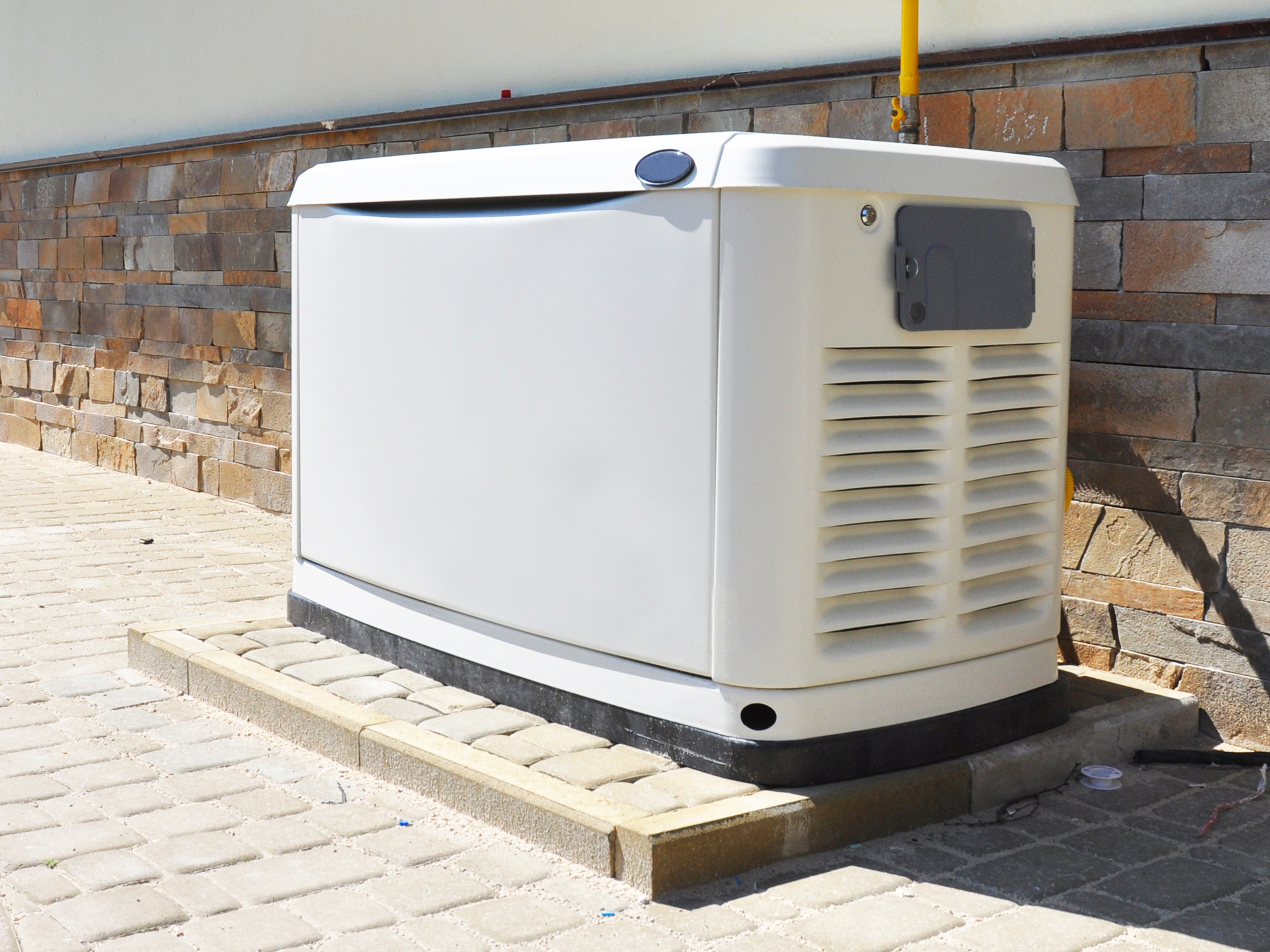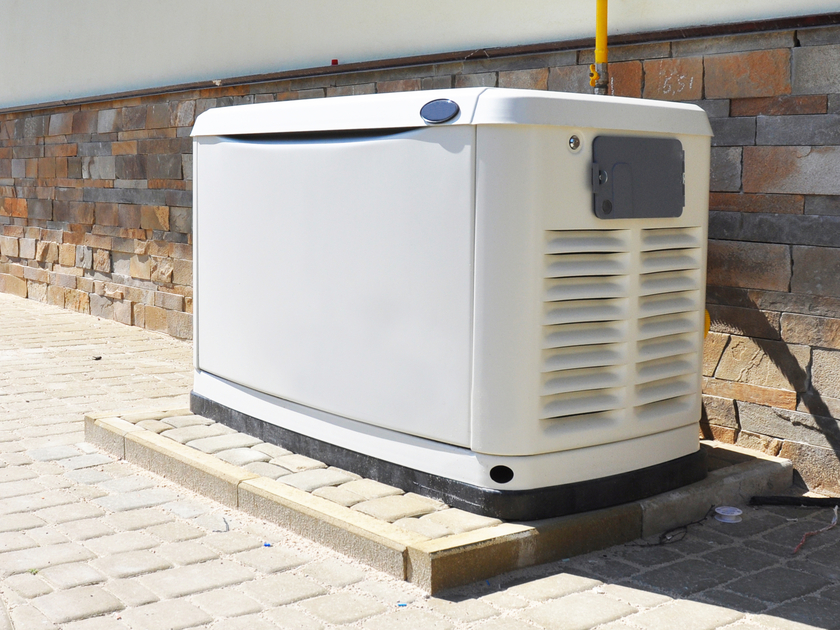
Power reliability is a top priority for homeowners
In this type of climate, power reliability is a major concern for homeowners. One of the best ways to maintain your comfort during power outages is to install a natural gas standby generator. These generators are permanently installed similar to a central air-conditioning unit. Depending on the size of the unit, the entire home can be powered, including the HVAC system, sump pumps, security system and large appliances.
Perhaps the best selling point for natural gas generators is that no refueling is required. Natural gas is piped in underground directly from the utility, providing an unlimited and reliable source of backup power. Homeowners won't have to worry about having enough fuel for their generator, or the potential safety hazards of storing gasoline or diesel fuel.
Generator system components
Key components of a generator unit include the following:
- A commercial-grade engine built to withstand extreme workloads.
- An automatic transfer switch (ATS), which monitors the electricity coming from the utility.
- A power indicator that denotes whether the home's power is coming from the utility or the generator.
When the utility power is restored, the ATS automatically transfers the power from the generator to the utility and then shuts down. Most units are designed to automatically run regular diagnostic tests to ensure that they are ready when needed. Some models can also be operated remotely from a smartphone or other mobile device.
Sizing and installation
The total cost for purchase and installation of a natural gas generator varies depending on power and installation requirements. Generators are commonly added to existing homes, but new construction is the ideal time to install a permanent standby generator, when it can be most effectively integrated into the home wiring system. Evaluate the size of your home and your potential power needs. These include powering equipment such as HVAC systems, large appliances and lighting.
You can install a generator to power only selected equipment or the entire home. The capacity of permanent standby generators ranges from 5 kW to 22 kW. Powering an entire home typically requires a unit in the range of 16 kW to 22 kW.
Work with your unit supplier to find the right sized unit for your homes. It's also important to check with your local building inspector about any local codes or regulations concerning standby generators.
By installing reliable, clean-burning natural gas generators, you won’t be left in the dark when the next power outage hits. Pensacola Energy offers a $200 rebate when you add a natural gas generator to your home. To learn more call 850-436-5050 or visit pensacolaenergy.com.

